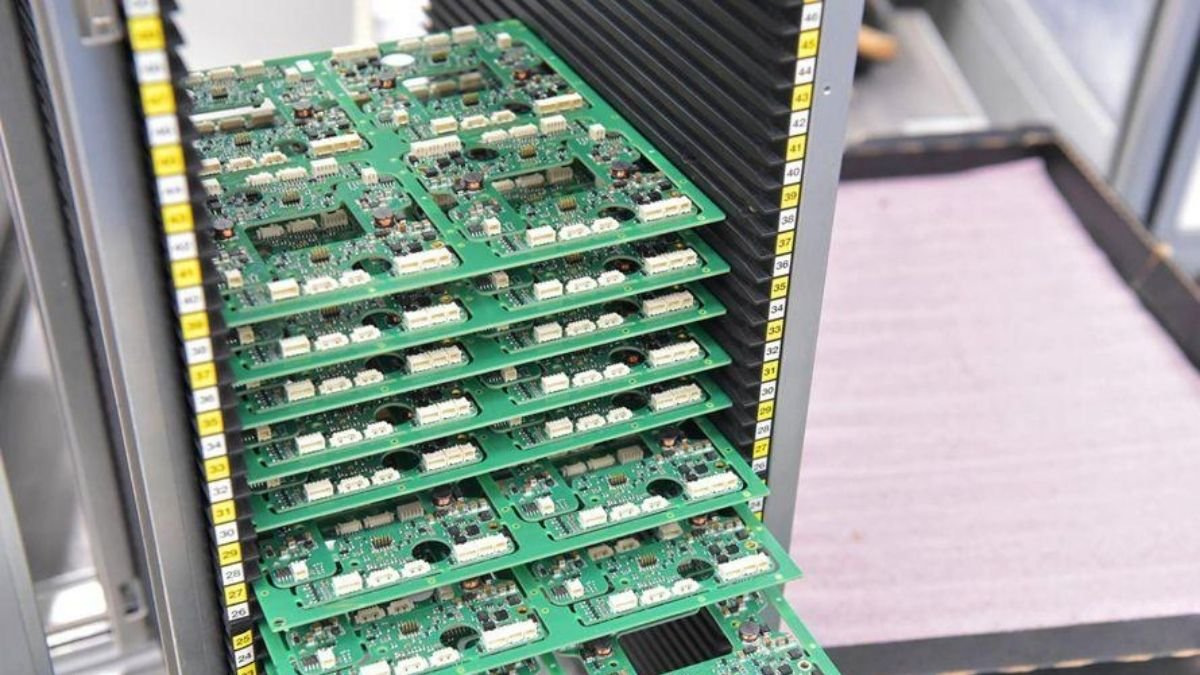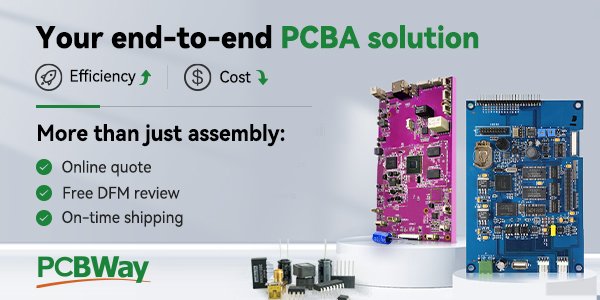One of the key requirements for the electronics industry is quick turn PCB assembly because it significantly cuts down the time taken to produce a new product and get it to market. It involves the mass production of printed circuit boards within a short time period.
However, optimizing this process is vital since it will increase effectiveness, decrease expenses, and shorten the delivery cycle. Efficient, quick-turn PCB assembly enables firms to compete effectively, shortens the time to market their products, and gives their customers reliable and high-performing products.
Table of Contents
Overview of Quick Turn PCB Assembly
Quick turn PCB assembly refers to the type of assembly carried out particularly to produce printed circuit boards, but in a shorter duration than it normally will take. This method is more focused on the fast delivery of the products and allows the creation of production prototypes with fast changes in the design.
While typical PCB assembly may require several weeks, quick-turn PCB assembly can process it in just days. To achieve this acceleration, the processes must be made simple, rich in automation, and prone to planning.
There are a lot of advantages linked to quick-turn PCB assembly. They enable the companies to introduce new products to the marketplace much quicker, thus giving them an edge. It has also been noted that the reduced turnaround time implies that any mistakes made in the process will be discovered more often and rectified in good time to avoid a time-consuming cycle that may prove expensive.
In the same context, it also encourages using the build-try-learn format, where several versions of the PCB can be produced quickly. Hence, the final product is of much better quality.
Tips for Streamlining the Process
Pre-Assembly Planning
Essentially, it is very important to plan and prepare adequately for the rapid growth of the PCB assembly business. Proper planning before assembly reduces waste, and difficulties could easily be encountered during assembly.
Major activities include DFM and using PCB layout to identify and eliminate imperfections, as well as the components’ dimensions and position of the components and other manufacturing requirements.
The selection of the components and the source is crucial, especially having backup suppliers and materials in case of a shortage. One should ensure the components are accessible before starting the process.
Creating an intricate assembly schedule asserts every step in development, including design confirmation, with genuine deadlines. An organization schedule provides a sequential arrangement of activities, resource control, and timely delivery of jobs.
Streamlining the Design Process
PCB design is most effective in today’s technology with the help of modern design tools such as Altium Designer, Eagle, and KiCad. These tools have additional features that guide the designers in making complicated designs easier and more accurate.
Stakeholders are involved in design and assembly activities that need efficient working relationships that can be achieved through constant interactions and documentation. This entails that the design is manufacturable and that the available assembly processes are considered.
Daily, weekly, or monthly design checkpoints and feedback ensure that the quality and efficiency are checked and maintained so that a team does not do a redesign later after realizing that something is not right.
Thus, applying advanced tools in design, maintaining effective collaboration between team members, and feedback ensure that PCB assembly is conducted more efficiently and the final product is of higher quality.
Efficient Component Procurement
The component procurement is nonetheless significant since it defines the assembly speed of quick-turn PCB assembly. Thus, one must establish relations with reliable suppliers to acquire components immediately.
Such suppliers can easily supply quality components delivered on time, reducing downtime. Also, having a list of the suppliers that supply the same products but are not optimal ensures other sources are provided to cover shortages or disruptions.
Maintaining the flow of component supplies is imperative since they help manage customer relations. With JIT inventory management, it is not necessary to stock a large number of products; therefore, the costs of storing the inventory are cut significantly, and there is minimal wastage. This approach is because normally used components are available, increasing production efficiency.
Optimizing the Assembly Line
Another factor that is considered crucial in the high-speed turn PCB assembly is that an efficient assembly line should be properly organized. Even seemingly small issues like the placement of the desks so that they do not require workers to move too much between the positions also improve productivity. Organizing tool and component replenishment also helps avoid time wastage and relay the assembly line efficiently.
An additional increase in efficiency is attained by automation of the process, which minimizes chances of human errors, faster work, and more uniform quality of the products since everything is done by machines such as pick-and-place machines and reflow ovens.
Just like the training of the workforce, the management deserves equal attention. Specialists must work with complicated technology and provide the highest quality of results. Training activities of the corporate world also ensure that the members of task forces are periodically made aware of the most effective methods and tools to be used on the job.
Quality Control Measures
It is also critical to implement quality control measures in quick-turn PCB assembly that will enable the proper functioning of the PCBs. Non-destructive inline inspection methods like automated optical inspection (AOI) and X-ray inspection help identify defects from the assembly line itself with the minimum impact on the production cycle.
The last procedures necessary to confirm the proper working and performance of the piled PCBs are the testing and inspection of the final product. Flying probe testers and in-circuit testers are critical semi-automated testing tools that further improve the preciseness of these last-degree tests.
The use of automation in quality control has quite a number of advantages. It accelerates the rate of inspection, has consistent quality, and possesses lower probabilities of worker errors.
For instance, AOI systems are used to give an instant check for PCBs and their functionality without any visible defects, and X-ray inspection systems are used to check hidden defects that are not easily noticeable.
Leveraging Technology and Automation
Automated processes can strongly influence the concern of quick-turn PCB assembly by providing speed and precision. Pick-and-place is the process where components are placed on the PCBs with high speed and accuracy, whereas reflow ovens are used for quality soldering of the PCBs.
The advantages of automation are clear: volumetric production speed, fewer mistakes, and quality uniformity. The above benefits assist in achieving just-in-time delivery and quality amidst time-bounded compliance in quick-turn PCB assemblies.
Overall, big data is heavily involved in process improvement through data analysis and in forecasting the time for machine and equipment maintenance. Applying these three superior technologies makes it easy for the companies to manage the quick turn PCB assembly.
Viasion: Leading the Way in Quick-Turn PCB Assembly
Viasion can be highlighted for its extraordinary quick turn PCB services. Our key features include:
- Quick Turnaround: Providing high-quality prints in our PCBs takes a shorter time.
- Advanced Technology: Using modern systems for precision and effectiveness.
- Comprehensive Services: Specializing in design solutions, prototype development, and subsequent production in one company.
- Reliability: Product quality is maintained once it has been tested and inspected in assembly line production.
- Customer Support: Support from the Personal Assistance Service and technical support during the process.
When you choose Viasion, you choose speed, reliability, and quality, and time is one thing that you are assured of to deliver your projects within record time.
Conclusion
Quick-turn PCB assembly calls for a better plan, the best design tools, good components sourcing, better assembly lines, quality control, and automation. Regarding the production outputs, it cements qualities such as timely production and high quality due to the element of voluntary updating on trends within the production industry with a view to being innovative in improving its production processes. However, the following are some strategies that should be employed to record the best results.


